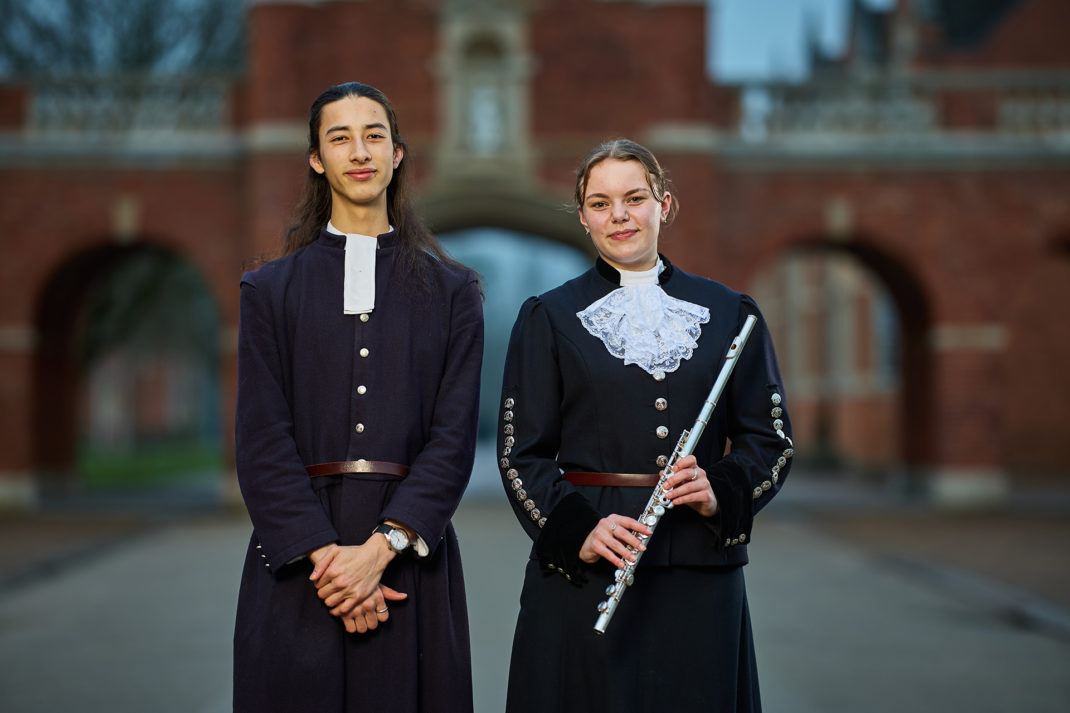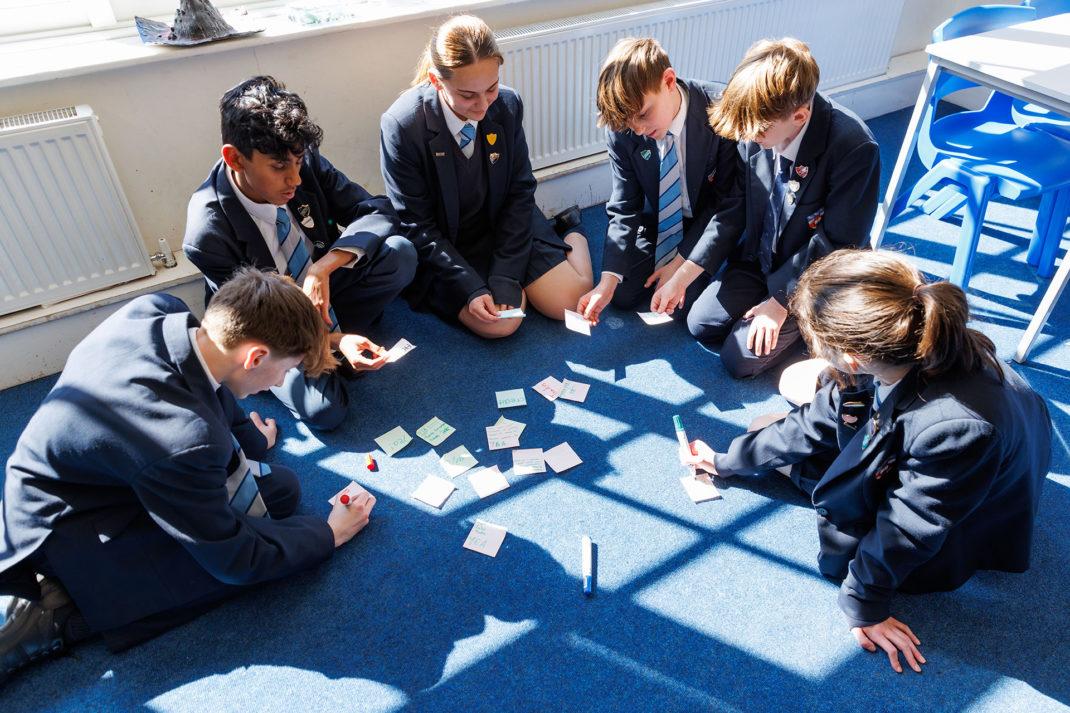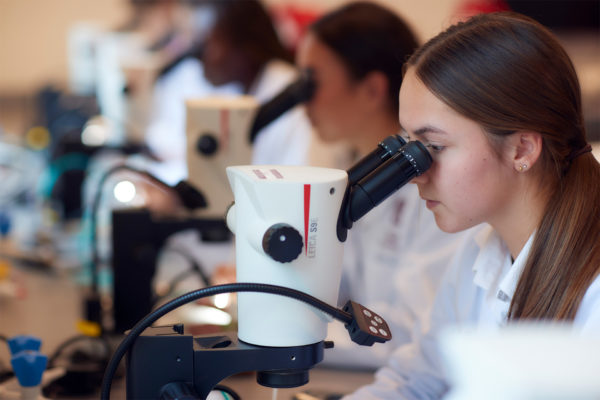Shared Space: Schools Are Forming New Partnerships
1 year ago
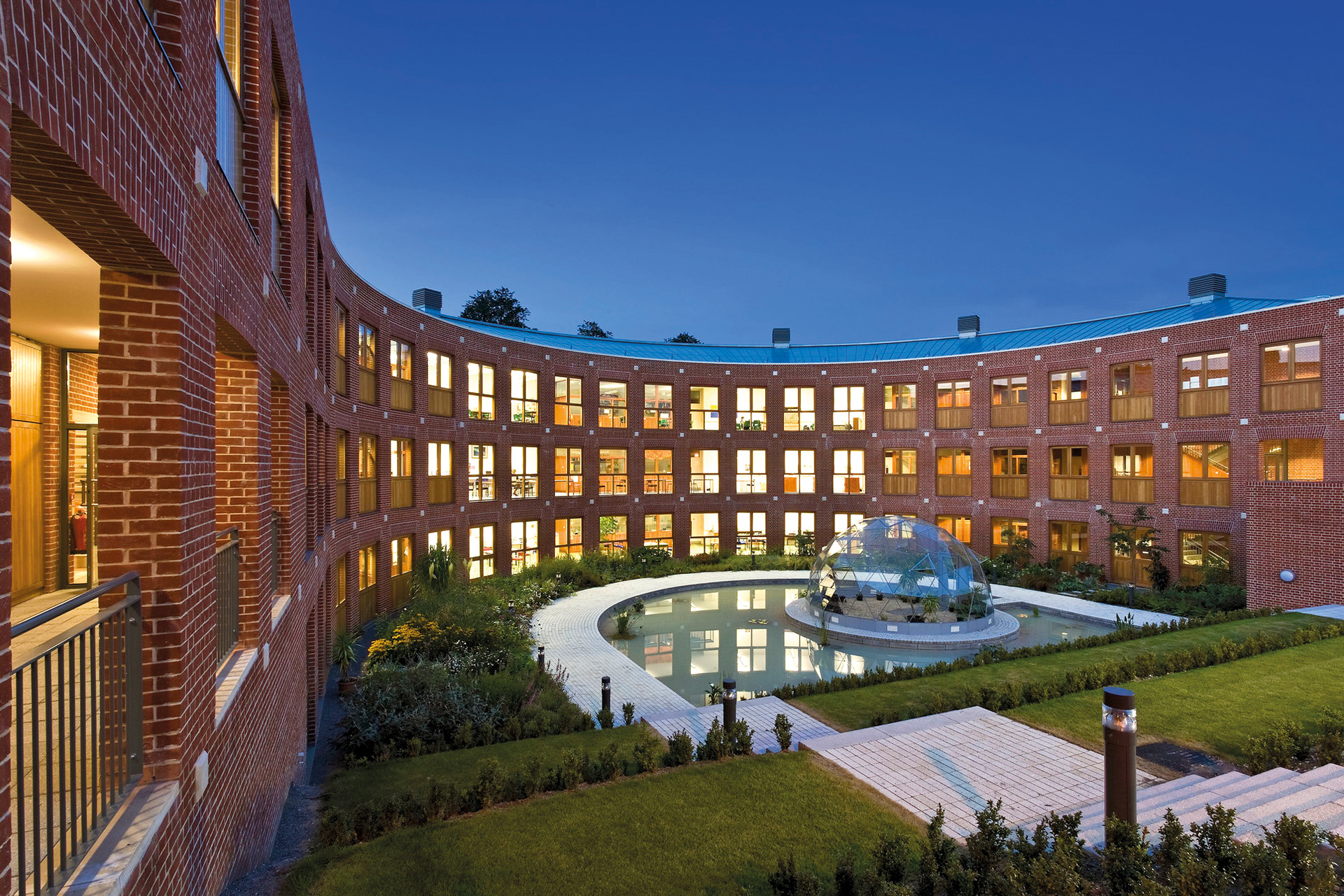
Bryanston School
New partnerships with non-fee paying schools are having dynamic results, finds Peter Stanford
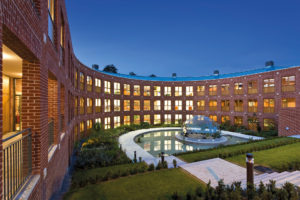
Bryanston School
Once it was a Victorian-era swimming pool in the grounds of St Edward’s School in Oxford. Then a newer facility was built elsewhere on the campus, and it languished as a storeroom and cut a lonely sight. But in 2007, the independent, co-educational boarding and day school – known to many as Teddies – came up with a radical idea to repurpose the pool to the benefit of both its pupils and the local community in Somertown.
Today, the red bricks of the original structure are complemented by ultra-modern timber-cladding as part of a major remodelling that has transformed the old pool building into the North Wall Arts Centre, with a flexible 200-seat auditorium, art gallery, and drama and dance studios.
However, it is the basis on which the centre operates that makes it such a powerful role model in the accelerating efforts of many independent schools to immerse themselves more effectively in their local communities. St Edward’s owns and runs the facility, which is used by its 600 pupils, but it is also a fully public facility that delivers its own programme of theatre and exhibitions to all-comers.
This far-reaching dual purpose venture – which has won endorsements from Alan Bennett, Philip Pullman and Dame Judi Dench – epitomises what the school’s warden (or headteacher), Alastair Chirnside says is its long-standing ‘spirit of inclusion and ethos of collaboration’. It has made Teddies, he adds, a ‘nexus of creativity’ in the arts world.
The centre is, adds Charlotte Laing, communications manager at the school, ‘an interface between us and the community, with open access all the year round to a well-respected regional arts venue. Most importantly it is a shared baby between the school community and the local community. It is not our baby. A lot of the time we are back-stage, playing a supporting role.’
With so many arts venues facing a crisis in capital funding in this age of rising inflation and reduced funding at national and local levels, St Edward’s provides an example of how far traditional community-directed activities in independent schools have evolved in recent times. And sharing arts and drama facilities with those around them is just one aspect of how schools are increasingly removing barriers – perceived or real – between them and those who live in their vicinity.
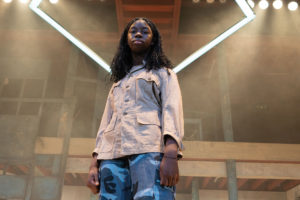
Shakespeare’s Othello at St Edward’s Oxford
Canford School, a co-educational 13-18 day and boarding school five miles from the Dorset coast near Wimborne, is another with a state-of-art theatre that is being used for the public good. Its high-spec Layard Theatre, opened in 1999 by Sir Richard Eyre, former artistic director of the Royal National Theatre, hosts a programme of collaborations with other local schools – Peter Pan last summer won rave reviews – as well as a festival of ideas open to everyone.
Community action and community service, explains Philippa Scudds at Canford, are a ‘core strand’ of what it seeks to deliver. ‘They are there in our Mission Statement – to make a difference in our lives and those of others. It is not something we feel we ought to do, but rather it is in our DNA.’
The imperative is both practical and philosophical. ‘We don’t want to live in a beautiful bubble,’ says Scudds, of the school’s 250 acres of parkland and buildings whose origins stretch back to the Norman Conquest. ‘There is a big world out there that we want to be part of.’
The ways in which that commitment is expressed are various; some are familiar. Every Monday afternoon, for example, the entire sixth form takes part in community work – from getting involved in teaching younger children in local schools, visiting hospices and putting on musical concerts in care homes. More radical in its social engagement, though, is its long-established City Reach project that links its sixth-formers with youngsters in the run-down Northam area of nearby Southampton. ‘We want our pupils to be grounded and rounded,’ says Scudds.
There are reciprocal visits, with the Northam contingent coming to Canford to use its extensive facilities and, in the summer term, taking part in a camping weekend there, hosted by Canfordians.
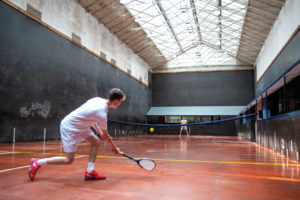
Canford School Squash Club
‘We have a really great bond with all of these children when we go camping and spend time with them at their youth centre,’ says one pupil of what is explicitly a two-way partnership. ‘Over the activity weekend we try and get them to push their boundaries and achieve goals they didn’t really believe were possible.’
The social and community credentials of Canford have been further underpinned since autumn 2010 when it took on the role of main sponsor of the Bourne Academy in East Howe, Bournemouth. Previously a troubled high school, its leadership team now works hand-in-hand with Canford, the two headteachers hosting joint Teaching and Learning Conferences.
There are, according to the Independent Schools Council, the non-profit group that represents more than 1,300 private schools in the UK, around 7,000 partnership initiatives, from one-off connections in particular subjects right up to full sponsorship, currently running to link pupils in independent schools with state schools in their community. In an article on the Council’s own website, Cat Davison, chair of its community group (and director of service and social impact at Sevenoaks School) has highlighted what she believes are the benefits for her students of broader community outreach programmes.
‘Community-centred curriculums with practical service opportunities can also give [them] the skills, understanding and confidence to become part of an agenda for change. I’ve found my students have increasingly related their learning to the inequalities in the world around them… Community and political leaders are turning to consider how we can harness this for the long-term welfare of our societies. I believe that all schools can take a central role in this, ensuring their curriculums are community-centred.’
Richard Jones, headteacher at Bryanston, a 3-18 day and boarding school in Dorset, embraces the same positive spirit. ‘It is something that has to be embraced at all levels. We are the biggest employer in our area, and that gives us really important responsibilities to the local community. All our staff have Bryanston loyalty cards that they can use if they shop in local businesses.’
The idea of service was installed into the ethos of the school when it was founded in 1928 by its first headteacher, JG Jeffreys. ‘He established the pioneering programme as an alternative to Combined Cadet Force. It was all about outreach and that is what we continue to do in as many differentways as we can to meet particular circumstances. We can see, for example, that arts funding is not at the level it should be, so we direct our resources towards that area, with some of our arts staff going out and doing inset days in local schools, or by running sketchbook workshops at the school. It is all good and proactive and creates vital links.’
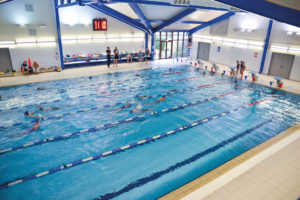
Canford School swimming pool
A similar approach is central to the work of The Francis Holland Schools Trust’s (FHST) which runs three independent girls’ schools in central London. Its Regents Park school has particularly strong links with nearby St Marylebone Church of England School, a high-performing state secondary, a partnership which began in 2017 and has been growing ever since.
It started with Francis Holland teachers delivering Latin lessons and a Latin after-school club at St Marylebone to keep alive a subject that is being marginalised in state education. The teaching of Latin and Classical Greek had been cut at St Marylebone because of budget constraints. Out of that, says Emily Locke at FHST, has grown an increasingly wide programme that includes running two Classics Symposiums in 2022 and 2023 for pupils from all over London and south east, with a talk by Natalie Haynes, comedian and classicist. There is also an architecture programme hosted by RIBA, the Royal Institute of British Architects, as part of FHST’s ‘Stretch & Challenge’ enrichment programme. ‘The impact of this initiative,’ reports Locke, ‘has been truly exceptional, both for our students and St Marylebone students alike.’
Inclusion, diversity, mutual sharing and learning are at the very heart of these and other projects, be they conferences, talks, debates, festivals or hands-on programmes with hard-to-reach groups in the neighbourhood. What joins them all is the desire for playing an active role in the community to extend far beyond encounters on sports pitches.
‘Bryanston is blessed with a huge campus,’ reflects Richard Jones, ‘but it is at the end of a very long drive. Too many people in our community feel that separates them from us. Many don’t know what is at the end of it. It’s up to us to change that and show them that we are relevant to their lives.’

